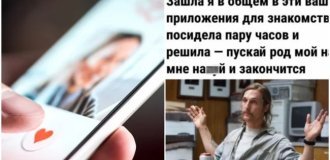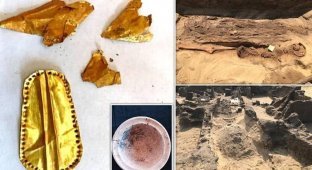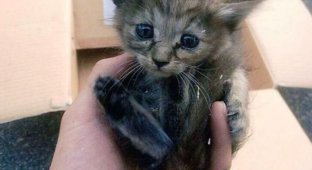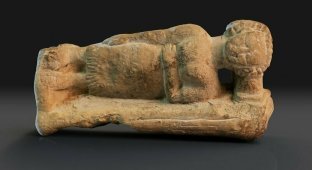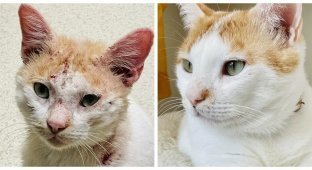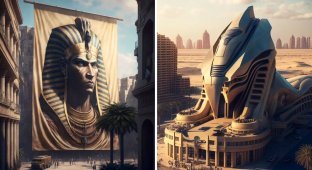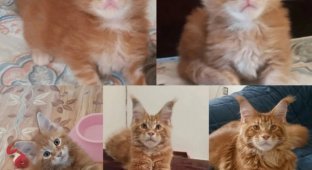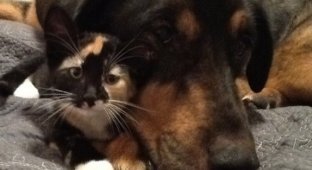10 facts from the life of the ancient Egyptians that you will not find in history textbooks (11 photos)
Many people think that the inhabitants of Ancient Egypt were significantly different from modern people, but this is not entirely true. Because, like us, they followed fashion, wore perfume, walked their pets, had parties, drank beer and even danced! Only they did it all in their own way. In this post you will learn facts from the life of the ancient Egyptians that we were not taught about in school. 
1. Family members ate breakfast separately from each other 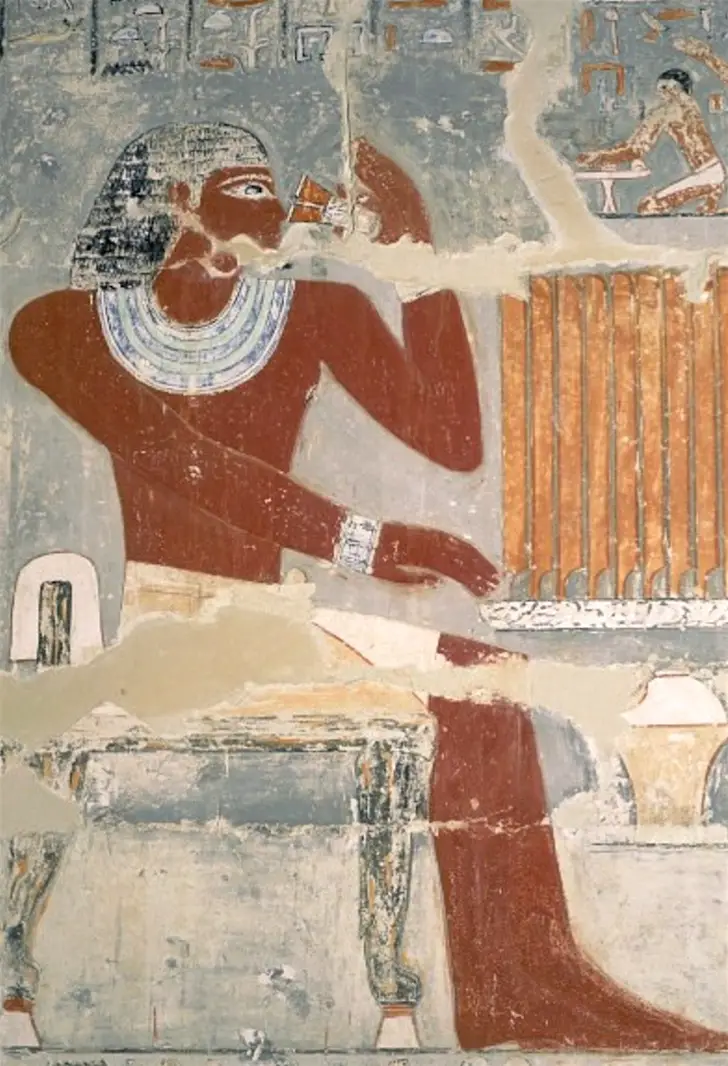
Joint breakfasts in the morning were not accepted, at least in noble families. The head of the family ate breakfast alone: a servant brought him food immediately after he finished cleaning himself up. Women, as a rule, had breakfast during the morning toilet or immediately after it. And for group meals, the family gathered at one table during the day or evening.
2. During the feast, guests were shown a wooden mummy 
In Edwin Long's painting "The Egyptian Feast" there is a small strange scene: servants pass by guests, dragging a mummy that looks very similar to the real one. Why? According to Herodotus, during a feast, guests were shown a wooden figurine symbolizing a dead man to remind them of the brevity of life. They did this by saying the following words: “Look, drink and enjoy life, because after death you will be like this!”
3. Special attitude towards shoes 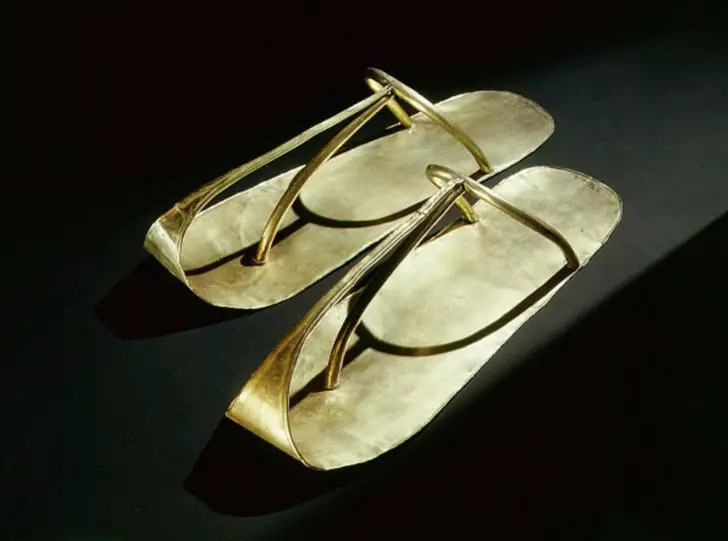
As a rule, ordinary Egyptians walked barefoot. Only pharaohs used shoes, and they even had a special servant whose duty was to wear the sandals of the ruler. Sometimes nobles would draw portraits of their enemies or write their names on the soles of their shoes so that they would “trample” these people as they walked. In addition, sandals were considered one of the items that a person would need in the afterlife. Because of this, they were necessarily placed in the tomb next to the body of the deceased. For pharaohs, such shoes were often made of gold, but in real life it was impossible to walk in them.
4. Love for pets 
The ancient Egyptians kept pets. Their relationship with cats is well known, but besides these animals they were especially fond of dogs. Pay attention to the mural on the left: it depicts a man giving water to a pet to drink directly from his mouth. It is known that when an ancient Egyptian wanted to take an unbreakable oath, he swore by a dog, thereby taking the most honest and incorruptible creature as a witness. The Egyptians even built a separate city for dogs - Kinopolis. They also had ibises, hawks and monkeys. The latter, according to eyewitnesses, helped the soldiers patrol the territory.
5. Egyptian women wore dresses with open breasts 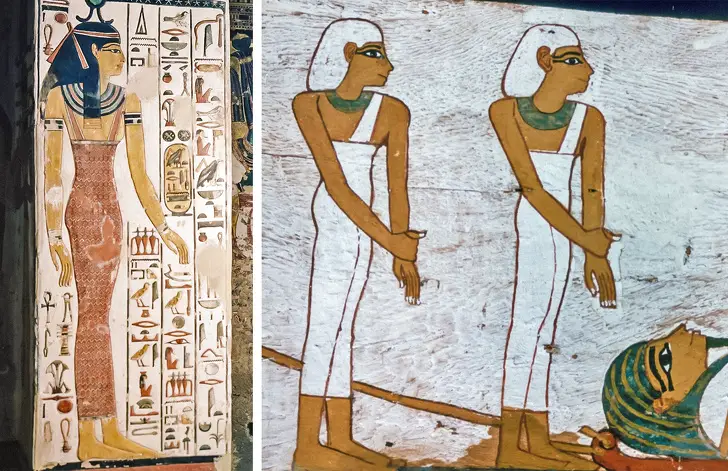
The most common dress for women was the kalasiris, a tight dress with one or two straps that started under the breasts and left them in full view. It was worn not only by maids, ladies from the lower class, and priestesses, but also by noble women. Goddesses, such as Nefertari, were depicted in these clothes. Although there were options for closed outfits.
6. The dancers didn't wear clothes. 
The dancers of Ancient Egypt appeared before the audience in transparent clothing or almost without it, wearing only a skirt or belt. Dancing men tied an apron or wore the same as women. The lack of costumes was compensated for by different hairstyles, lots of jewelry and the smell of incense.
7. Aromatic cones for the head 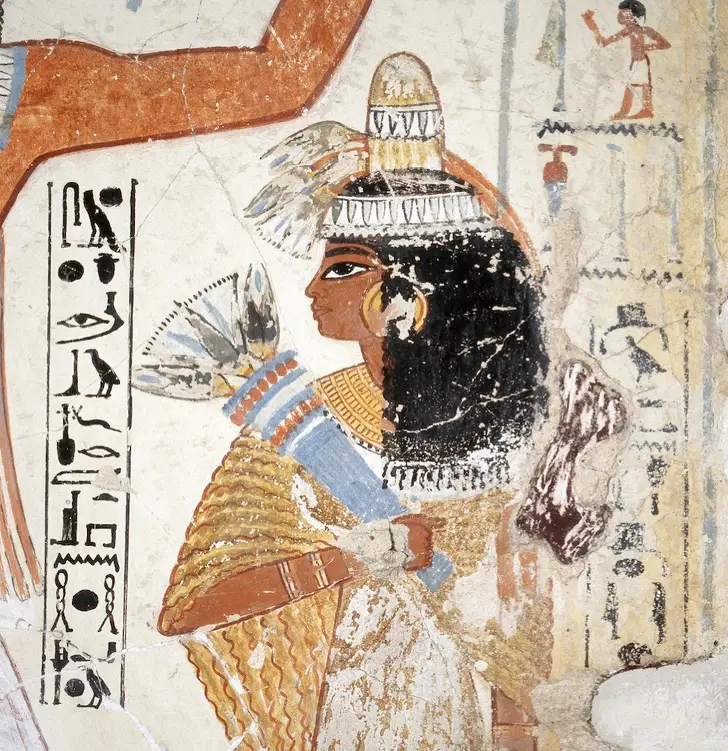
The Egyptians placed great importance on scent, and one method was cones made of wax or tallow mixed with myrrh, cinnamon oil, or other aromatics. They were worn directly on the head, tied with a ribbon. In hot weather, the wax began to melt, spreading the aroma. In addition, essential oils repelled insects.
8. Beer was so important that they used it as payment. 
The Egyptians considered brewing beer to be a task taught to them by their god Osiris. drThis drink would probably surprise modern people, since it was thick, like a smoothie, tart and at the same time bitter. But this drink not only perfectly quenched thirst, but also invigorated. Beer was used to pay soldiers and officials, and it was also distributed to pyramid builders.
9. Unique haircuts for children 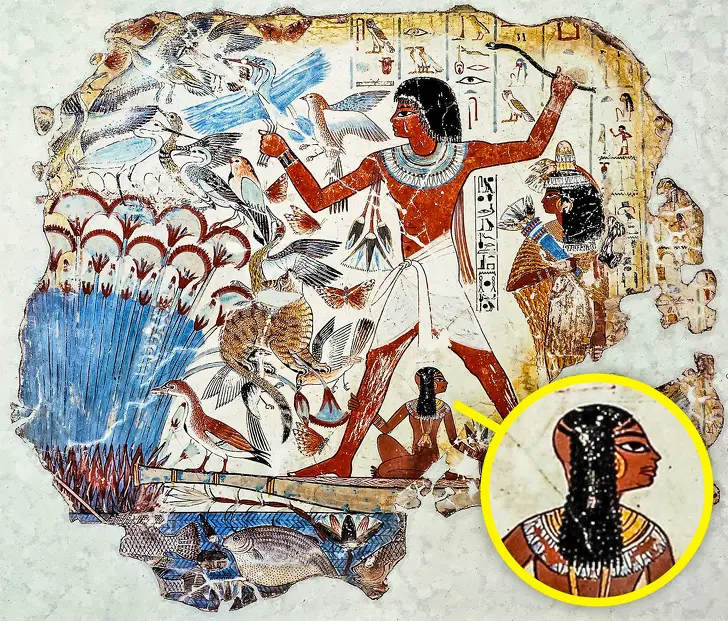
It is well known that the ancient Egyptians, especially those in high society, cut their hair and replaced it with wigs. As for children of both sexes, their heads were shaved on only one side, leaving a small portion of hair, called the “strand of youth.” It was cut off when they reached adulthood. Some believe that this hairstyle prevented lice, but perhaps it was just a ritual.
10. Funeral portraits 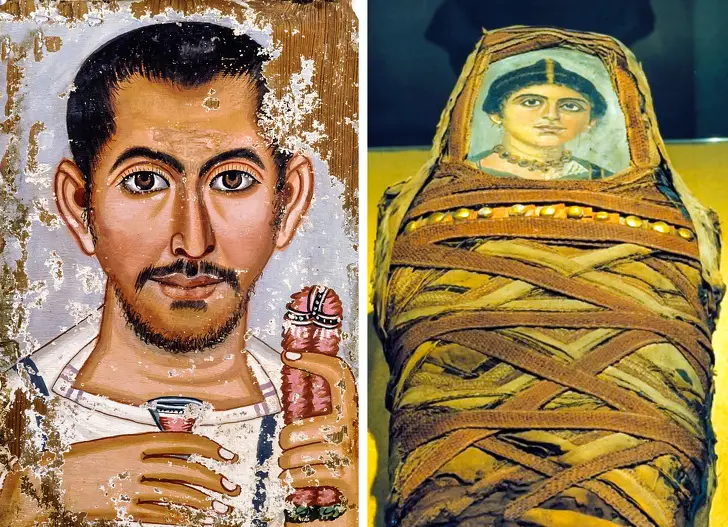
After Egypt became one of the provinces of the Roman Empire, many ancient traditions underwent changes. For example, paintings appeared instead of funeral masks. Thanks to the dry climate, the funerary portraits were well preserved and today allow us to see details of what people looked like at that time. These were mostly young people, because the portraits were created long before their death. In total, about 900 paintings have survived, and to this day they amaze us with the brightness of their colors.











